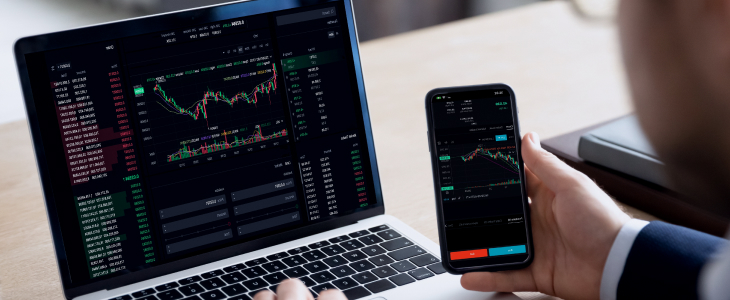
If you’re aiming to excel in the world of Forex trading, establishing a robust framework is essential for your success. A well-structured approach enables you to navigate the complexities of the financial markets confidently. This article will outline professional guidelines for creating an effective Forex trading framework that integrates key strategies, risk management practices, and psychological resilience. Be sure to visit forex trading framework professional guidelines forex-level.com for additional resources and tools that can enhance your trading experience.
Introduction to Forex Trading Frameworks
Forex trading can be both exhilarating and daunting. With the right framework, traders can better position themselves to act decisively when opportunities arise. A successful Forex trading framework provides the necessary structure within which traders can operate efficiently and effectively, minimizing emotional decision-making and focusing on strategic execution.
Key Components of a Forex Trading Framework
To build an effective Forex trading framework, consider the following key components:
1. Trading Plan Development
A trading plan is the foundation of your trading framework. It should outline your trading objectives, strategies, risk tolerance, and evaluation measures. A comprehensive trading plan includes:
- Goals: Define realistic and measurable goals, such as target returns or specific skill improvements.
- Strategies: Detail the specific trading strategies you will employ, including entry and exit points, technical indicators, and market conditions.
- Risk Management: Establish guidelines for position sizing, stop-loss levels, and overall exposure to ensure your capital is protected.
- Performance Review: Schedule regular reviews of your trading performance to assess what is working and what can be improved.
2. Risk Management

Risk management is crucial in Forex trading. Always be aware of the potential risks involved in each trade and employ strategies to mitigate those risks. Some essential risk management practices include:
- Diversification: Avoid putting all your capital into one trade or currency pair to spread risk across different assets.
- Position Sizing: Use appropriate position sizes based on your total trading capital and risk tolerance to manage exposure effectively.
- Stop Loss Orders: Incorporate stop loss orders in your trades to automatically close positions at set loss levels, reducing potential losses.
- Risk-to-Reward Ratio: Assess the potential reward of a trade in relation to the risk taken. A balanced ratio often falls within the range of 1:2 or 1:3.
3. Trading Psychology
Psychological elements play a significant role in a trader’s success. Emotional decision-making can lead to irrational trading behaviors. Therefore, it is essential to address the psychological aspects of trading:
- Self-Discipline: Adhere to your trading plan and avoid impulsive decisions based on market emotions.
- Mindfulness: Stay aware of your emotional state during trading. Techniques such as meditation or breathing exercises can help manage stress.
- Continuous Learning: Commit to ongoing education about the Forex market, trading strategies, and psychological insights to enhance your skills.
Technical and Fundamental Analysis
A strong Forex trading framework includes both technical and fundamental analysis to better inform your trading decisions.
Technical Analysis
Technical analysis focuses on price movements and historical data to predict future trends. Incorporate the following technical tools:

- Chart Patterns: Recognize chart patterns, such as head and shoulders or flags, to anticipate price movements.
- Indicators: Utilize trading indicators like Moving Averages, RSI, and MACD to interpret market conditions.
- Support and Resistance Levels: Identify key support and resistance levels to determine potential price reversal points.
Fundamental Analysis
Fundamental analysis looks at economic indicators and news events that influence currency values. Important aspects to track include:
- Economic Reports: Monitor economic data releases, such as GDP and unemployment rates, which can impact currency fluctuations.
- Central Bank Policies: Understand the monetary policies of central banks, as changes in interest rates can affect Forex market dynamics.
- Geopolitical Events: Stay informed about political developments that could influence market sentiment and volatility.
Establishing a Trading Routine
Creating a consistent trading routine can improve your trading effectiveness and keep you focused. A structured routine may include:
- Market Analysis: Set aside time each day to analyze major economic events, news, and market conditions.
- Journal Keeping: Maintain a trading journal to document trades, strategies used, outcomes, and lessons learned.
- Regular Review: Conduct weekly or monthly performance reviews to identify areas for improvement.
Conclusion
Developing a Forex trading framework allows traders to navigate the market’s complexities with greater confidence and effectiveness. By implementing a structured approach that encompasses planning, risk management, psychological preparedness, and analysis, you enhance your chances of success in Forex trading.
Remember, the Forex market is dynamic and ever-changing. Stay adaptable and committed to learning, and you will pave the way for long-term success in your trading endeavors. Trust in your framework, and don’t forget to leverage additional resources available at forex-level.com for ongoing support and insights.
